Surf Ghana collective’s refreshed home makes waves
Surf Ghana collective in Busua has a newly redesigned HQ, a home for surfers and their community, courtesy of architects Glenn DeRoché and Juergen Strohmayer

The Surf Ghana collective in Busua, western Ghana, is the heart of a bustling community of aficionados of the sport as well as their friends, family and neighbours. Housed in an old building on the waterfront, its facilities were getting increasingly tired and unfit for the purposes of the growing collective. Enter Accra-based architects Glenn DeRoché and Juergen Strohmayer, who have refreshed Surf Ghana collective's headquarters with a new addition, a clever redesign and a facelift (the pair are also part of the Curator’s Special Project ‘Guests from the Future’ at Venice Architecture Biennale 2023, curated by Lesley Lokko, which opens 20 May).
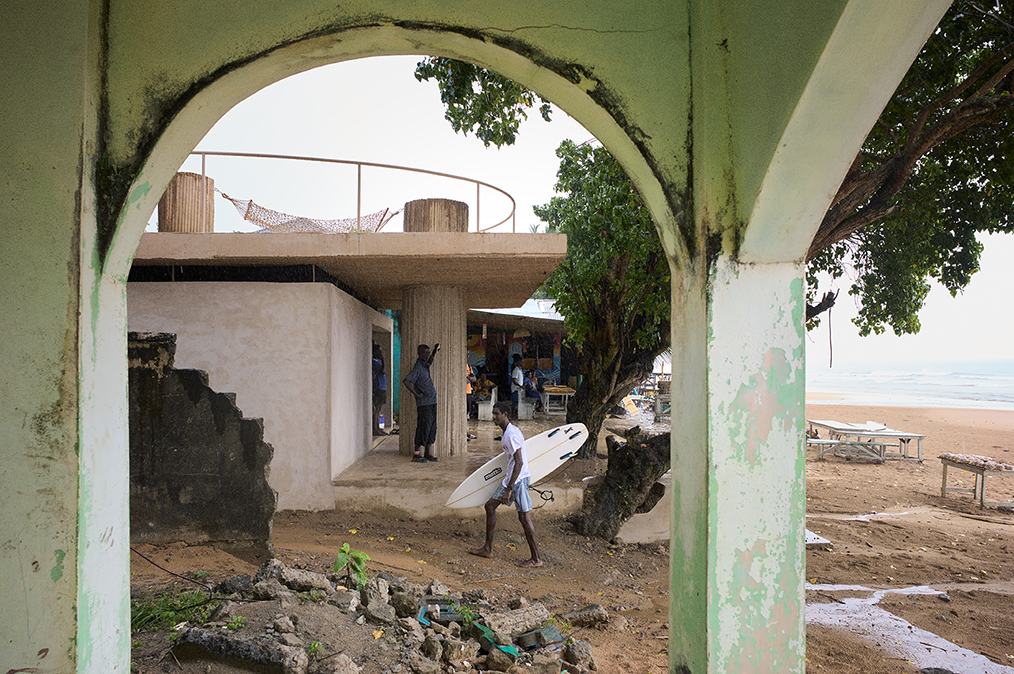
Surf Ghana collective: the headquarter's new canopy
In order to improve Surf Ghana collective's home with minimal architectural gestures and cost but maximum impact, the duo worked on creating a new canopy, which replaced a leaking, existing roof and now spans across both old and new structures on the site. Underneath, a new social space is created among two existing ficus trees.

The new roof creates an extended ground-floor terrace, where users can sit and relax on concrete elements that serve as steps towards the water, as well as benches, with integrated spaces including a bathroom and shower, storage for surfboards, an area for rinsing wet suits and rash guards, and water storage. At the same time, atop the canopy, a new usable multipurpose level is created.

The new home’s sustainable strategies
The architects employed passive cooling strategies in their design to ensure the structure's concrete, beautifully patinated forms don't overheat. The team say, of their building's sustainable architecture: 'To reduce the amount of cement, we worked with an engineered mix-design that substituted cement with a readily available road base laterite (soil), which resulted in a reduced-carbon concrete. This mixture was used to finish the existing structure’s plaster and cast new concrete elements.'
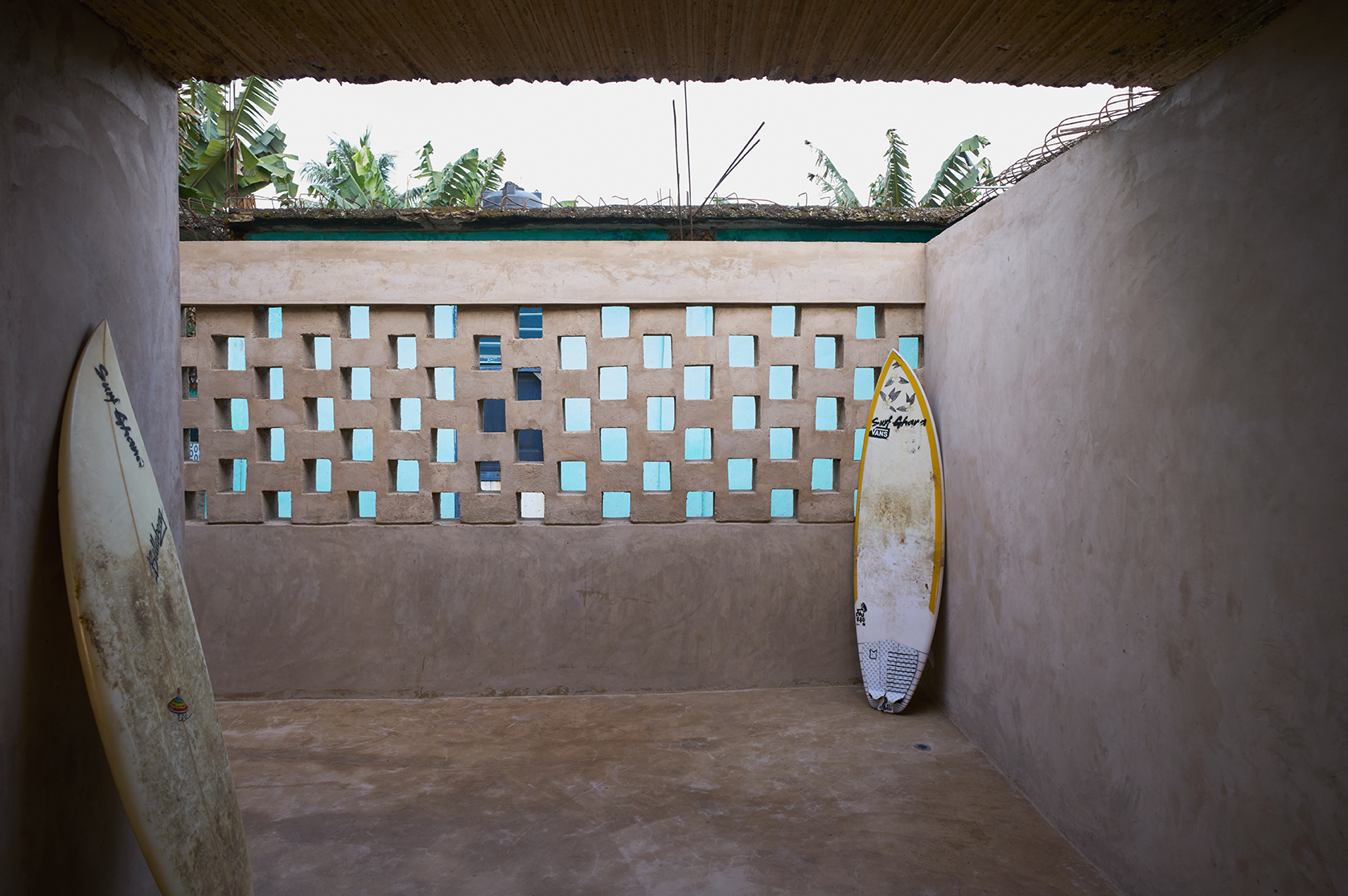
'To further minimize the project’s carbon footprint, we substituted imported formwork with local raffia. This decision integrates into the region’s existing design language, as raffia palms clad many structures in Ghana’s Western Region, such as in the Nzulezu stilt village. This innovative formwork also allowed us to achieve a fluted concrete finish that beautifully contrasts with the existing structure’s smooth plaster.'

A surfing destination for all
The result is a structure that has been embraced by the community and acts as a landmark on the coastline and a visual beacon for surfing. The year-round spaces are used flexibly for anything from lounging to teaching, and even convert into a dormitory for visiting surfers. 'In off seasons, the building can be rented to visitors to cover the club’s running costs,' the architects write. 'As Surf Ghana shines an even brighter spotlight on the region’s surf culture, Busua has become a national and international surfing hotspot along this 1km stretch of surf breaks on the Gulf of Guinea.'
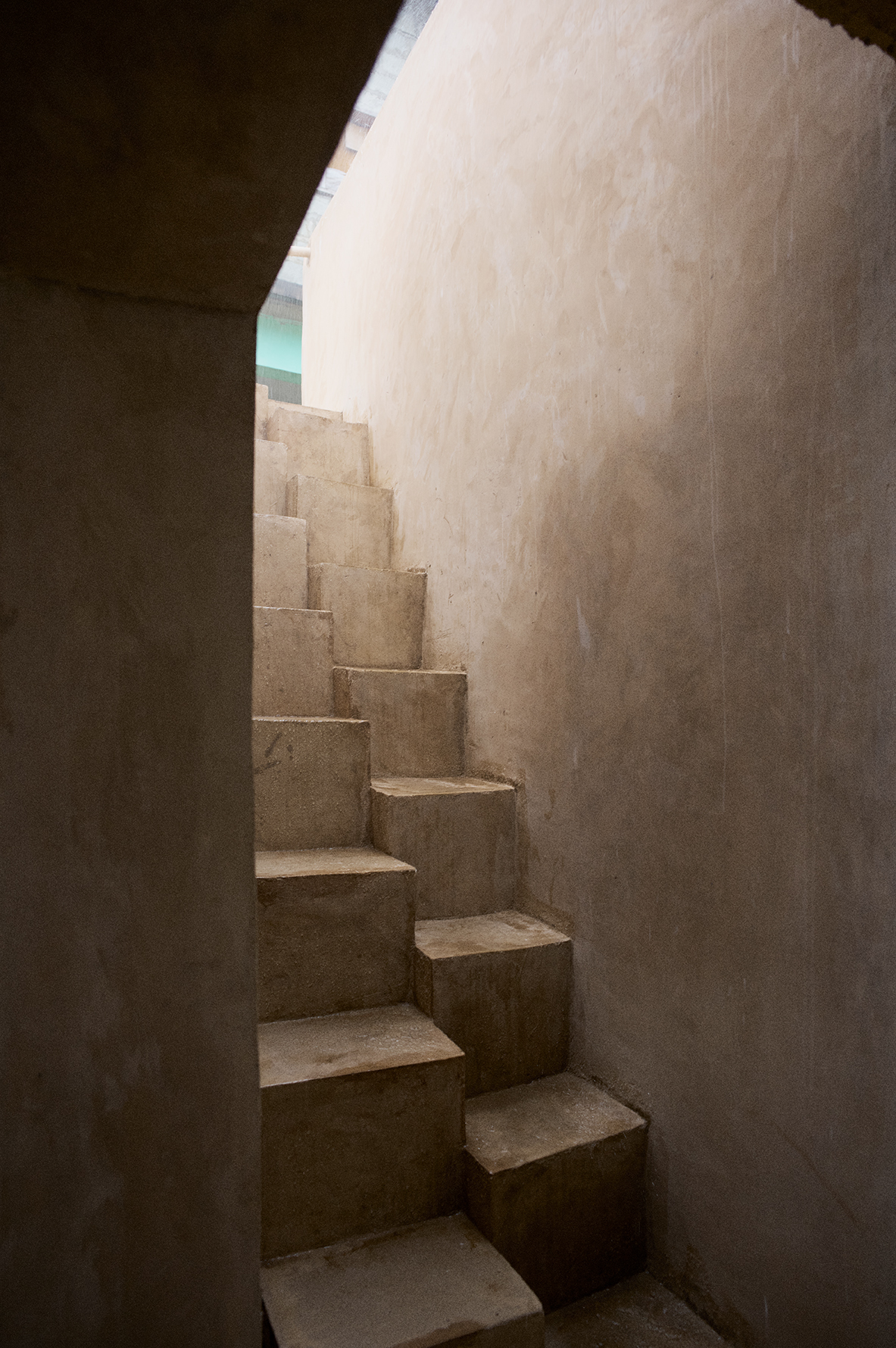
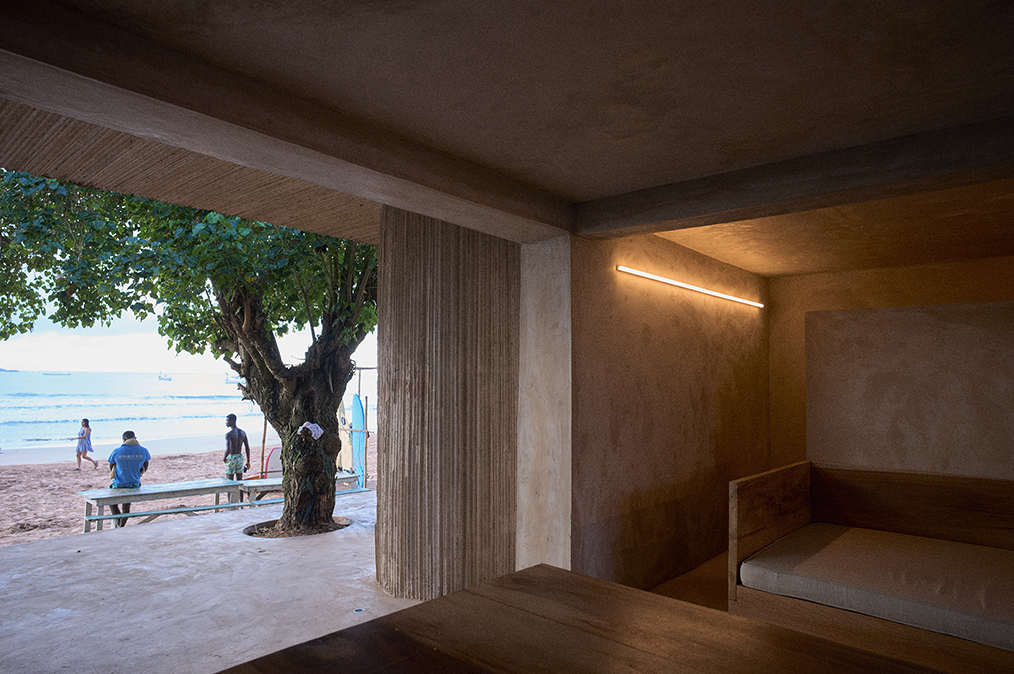
Receive our daily digest of inspiration, escapism and design stories from around the world direct to your inbox.
Ellie Stathaki is the Architecture & Environment Director at Wallpaper*. She trained as an architect at the Aristotle University of Thessaloniki in Greece and studied architectural history at the Bartlett in London. Now an established journalist, she has been a member of the Wallpaper* team since 2006, visiting buildings across the globe and interviewing leading architects such as Tadao Ando and Rem Koolhaas. Ellie has also taken part in judging panels, moderated events, curated shows and contributed in books, such as The Contemporary House (Thames & Hudson, 2018), Glenn Sestig Architecture Diary (2020) and House London (2022).
-
 Usher opens up about breakfast playlists, banana pudding and why a glass tumbler is always on his rider
Usher opens up about breakfast playlists, banana pudding and why a glass tumbler is always on his riderOn the heels of a collaboration with Baccarat, the Grammy-winning singer-songwriter breaks down his entertaining tips. 'Hosting is an expression of how you feel about your guests and also who you are.'
-
 The beauty trends that will define 2026, from ultra-niche fragrances to anti-ageing dental care
The beauty trends that will define 2026, from ultra-niche fragrances to anti-ageing dental careAs we enter the new year, we speak to experts in fragrance, skincare, aesthetics, wellness and more about the trends that will be shaping the way we look
-
 The most stylish hotel debuts of 2025
The most stylish hotel debuts of 2025A Wallpaper* edit of this year’s defining hotel openings. Design-led stays to shape your next escape
-
 Backyard Community Club is Accra’s newest tennis court, and the architects played an ace
Backyard Community Club is Accra’s newest tennis court, and the architects played an aceCreated by DeRoche Projects, Backyard Community Club is a brand-new tennis court and a valuable, sustainable, public recreational facility in Ghana’s capital
-
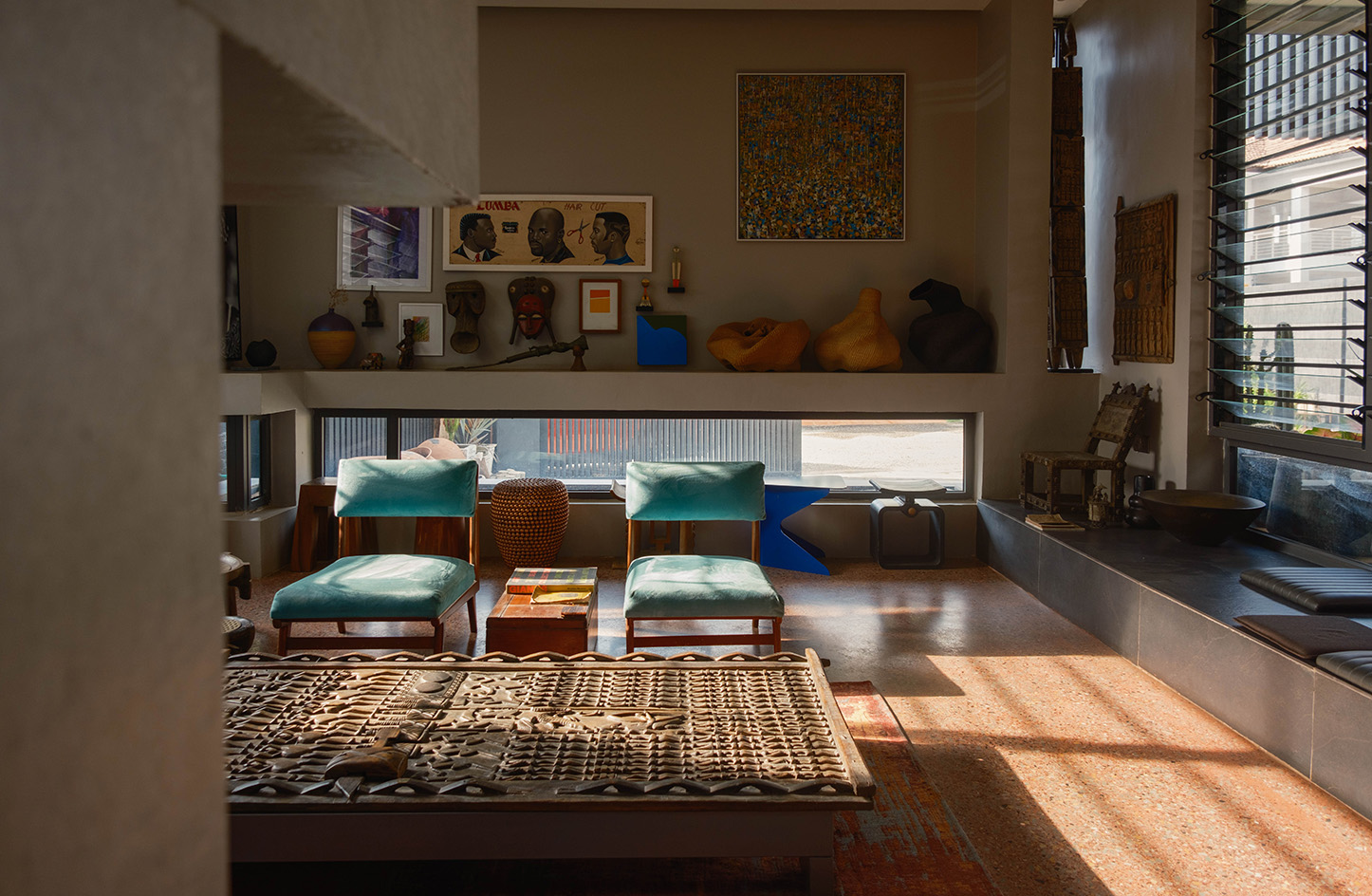 On a tight urban plot in Accra, an architect's striking home
On a tight urban plot in Accra, an architect's striking homeAn architect’s home in Accra, Ghana, packs a punch on a tight urban plot; welcome to Compact House by Alice Asafu-Adjaye
-
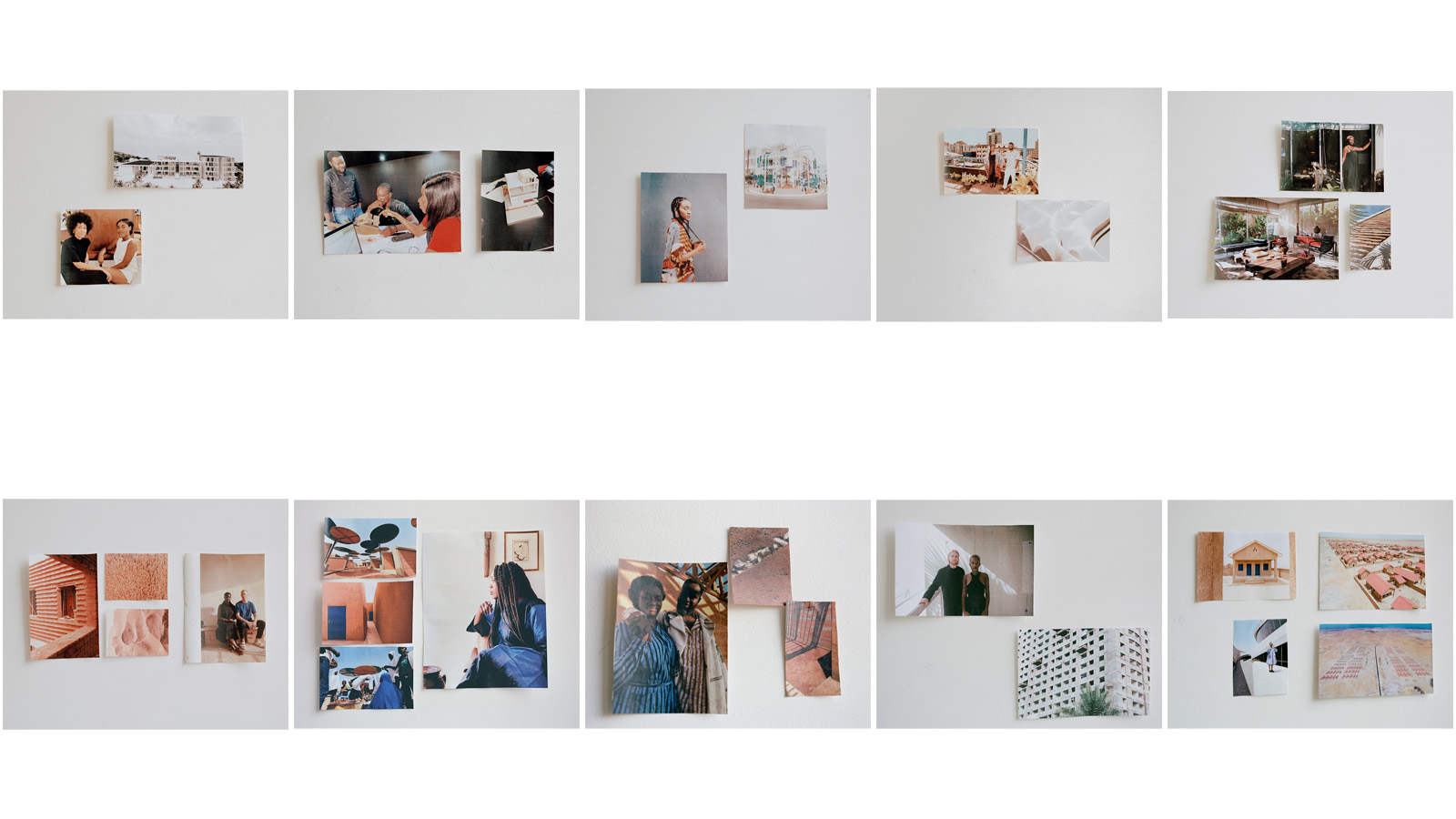 The 10 emerging West African architects changing the world
The 10 emerging West African architects changing the worldWe found the most exciting emerging West African architects and spatial designers; here are the top ten studios from the region revolutionising the spatial design field
-
 Lesley Lokko reviews 2024's wins, shifts, tensions and opportunities for 2025
Lesley Lokko reviews 2024's wins, shifts, tensions and opportunities for 2025Lesley Lokko, the British-Ghanaian architect, educator, curator, and founder and director of the African Futures Institute (AFI), has been an inspirational presence in architecture in 2024; which makes her perfectly placed to discuss the year, marking the 2025 Wallpaper* Design Awards
-
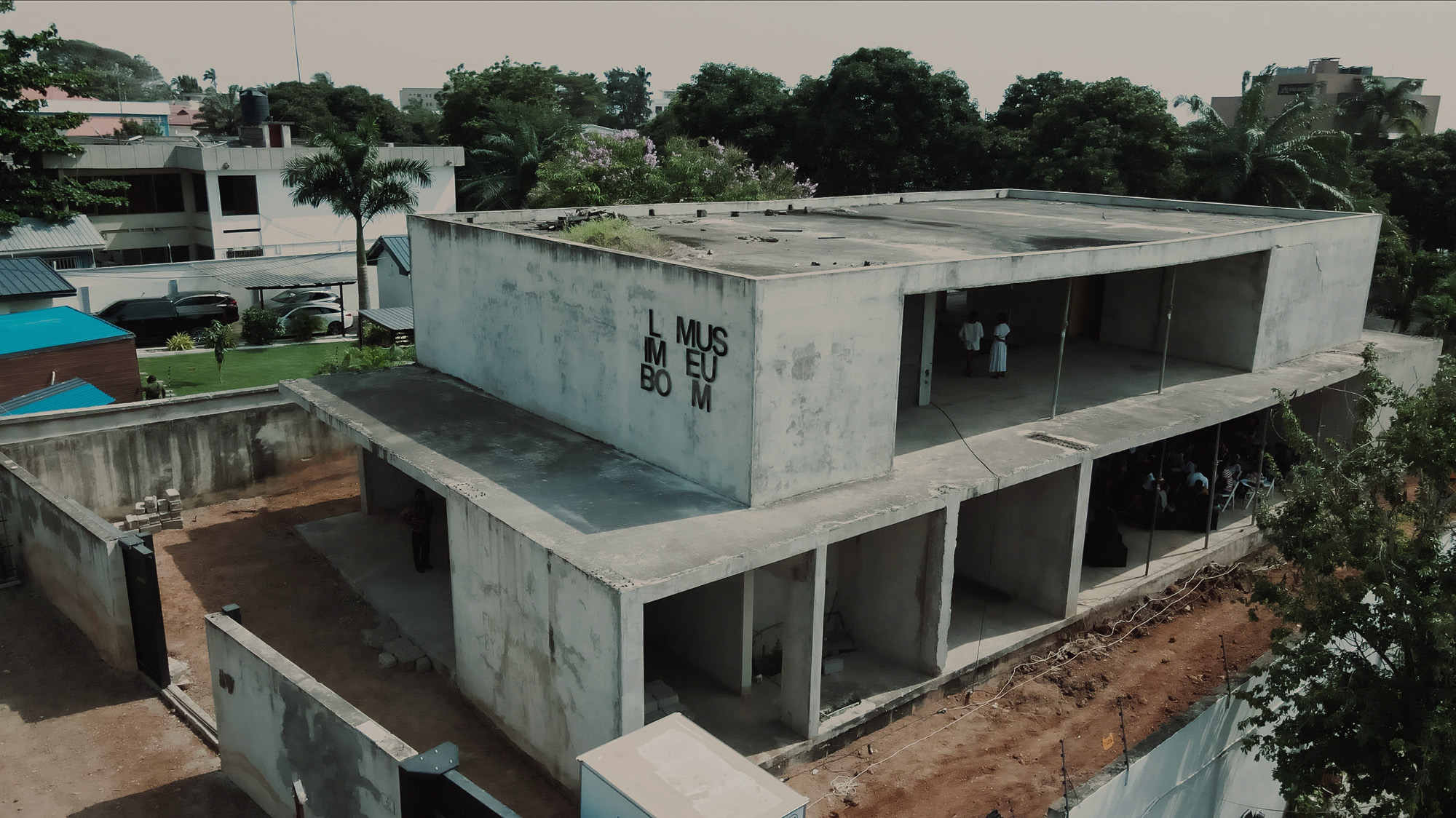 Limbo Museum: celebrating the architectural legacy of ‘unfinished business’
Limbo Museum: celebrating the architectural legacy of ‘unfinished business’We’re won over by Limbo Museum and the work of Limbo Accra, which is bringing new life to abandoned buildings across West Africa, and wins a Wallpaper* Design Award 2025
-
 Dot.ateliers | Ogbojo is an 'oasis' for writers and curators in Ghana
Dot.ateliers | Ogbojo is an 'oasis' for writers and curators in GhanaDot.ateliers | Ogbojo in Accra, Ghana was designed by emerging studio DeRoché Strohmayer for artist Amoako Boafo as a writer’s and curator’s residency space for the country's creatives
-
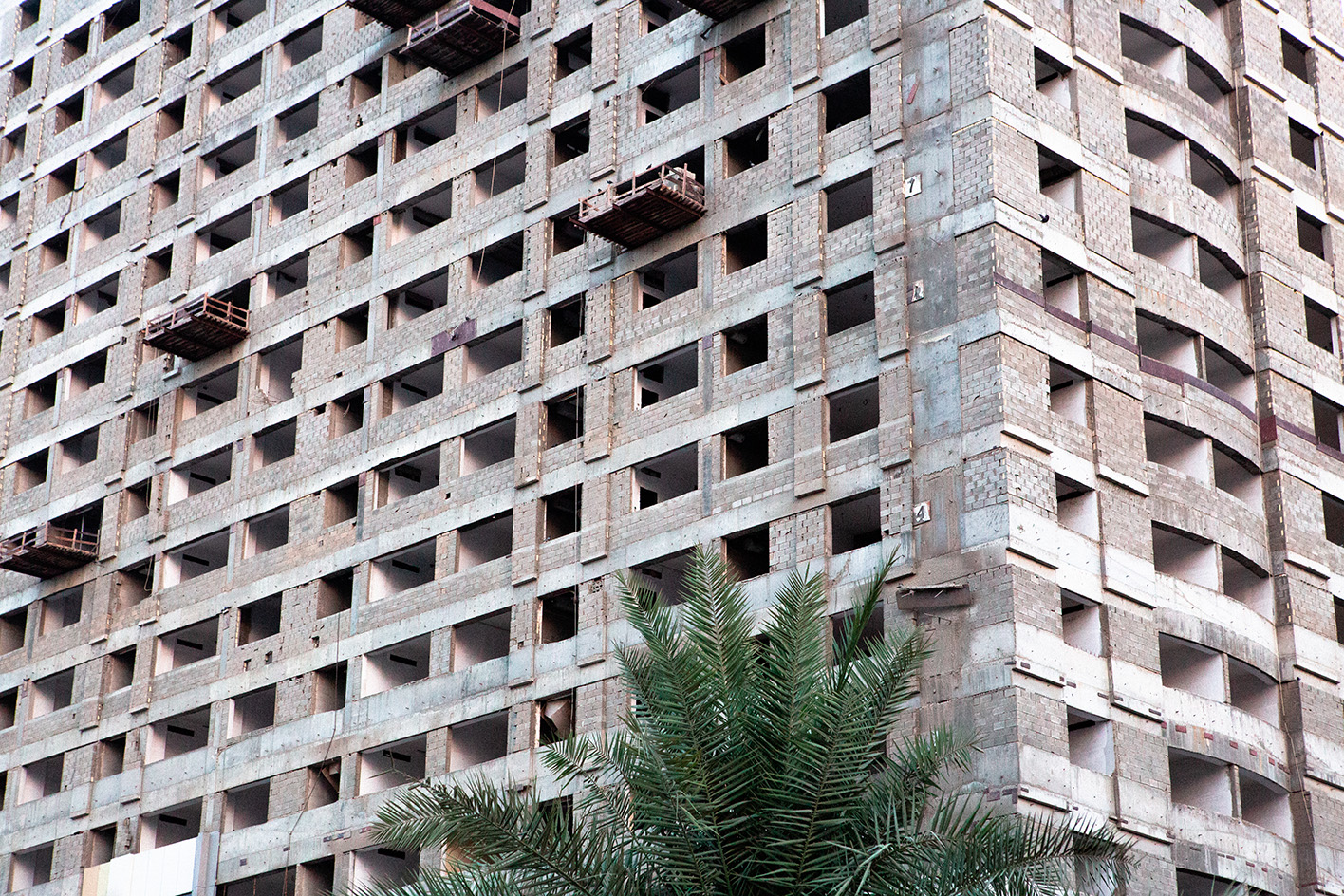 Limbo Accra from Ghana is a spatial design studio with a context-specific twist
Limbo Accra from Ghana is a spatial design studio with a context-specific twistLimbo Accra from Ghana is part of our series of profiles of architects, spatial designers and builders shaping West Africa's architectural future
-
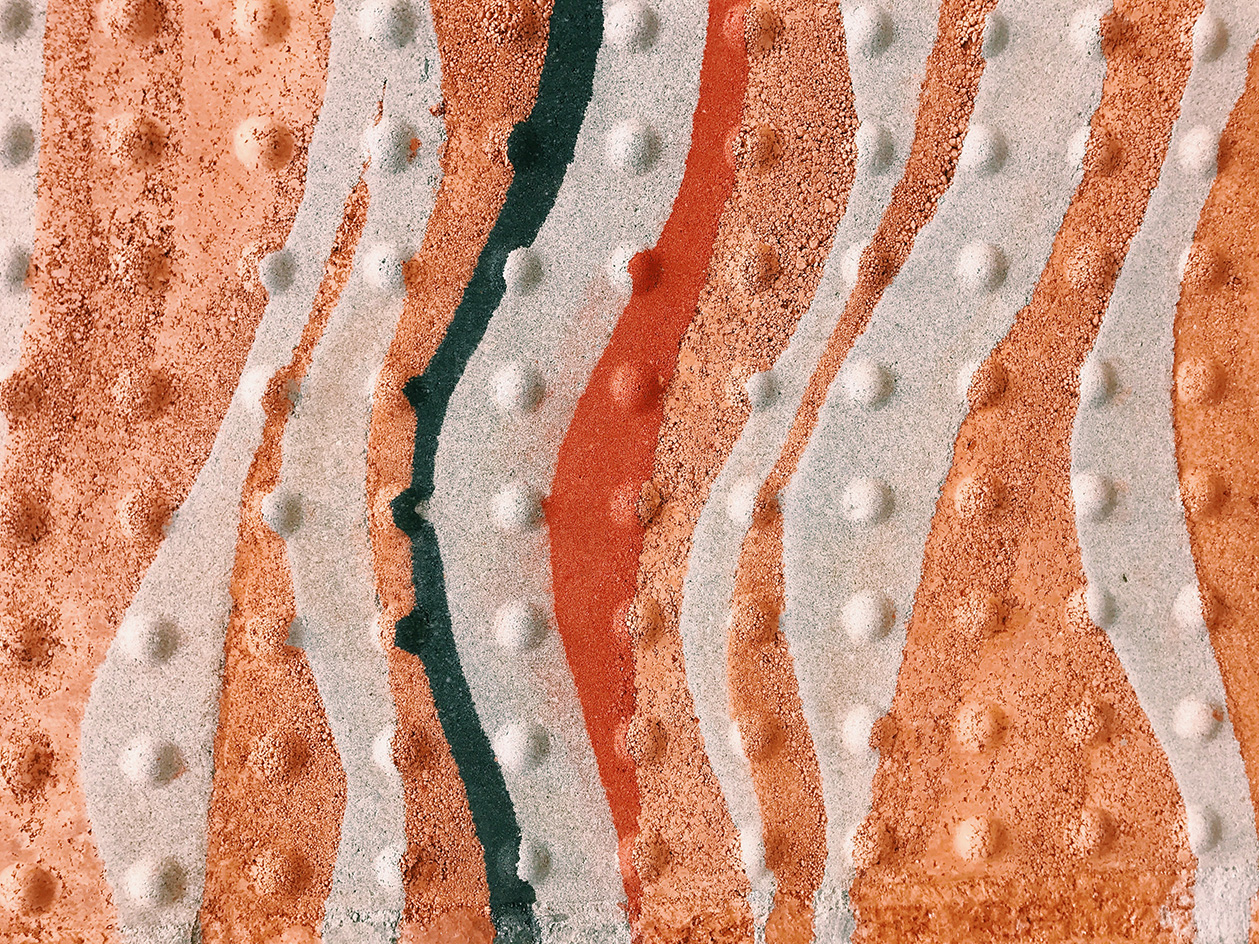 Hive Earth leads the charge in contemporary building with earth
Hive Earth leads the charge in contemporary building with earthHive Earth from Ghana is part of our series of profiles of architects, spatial designers and builders shaping West Africa's architectural future